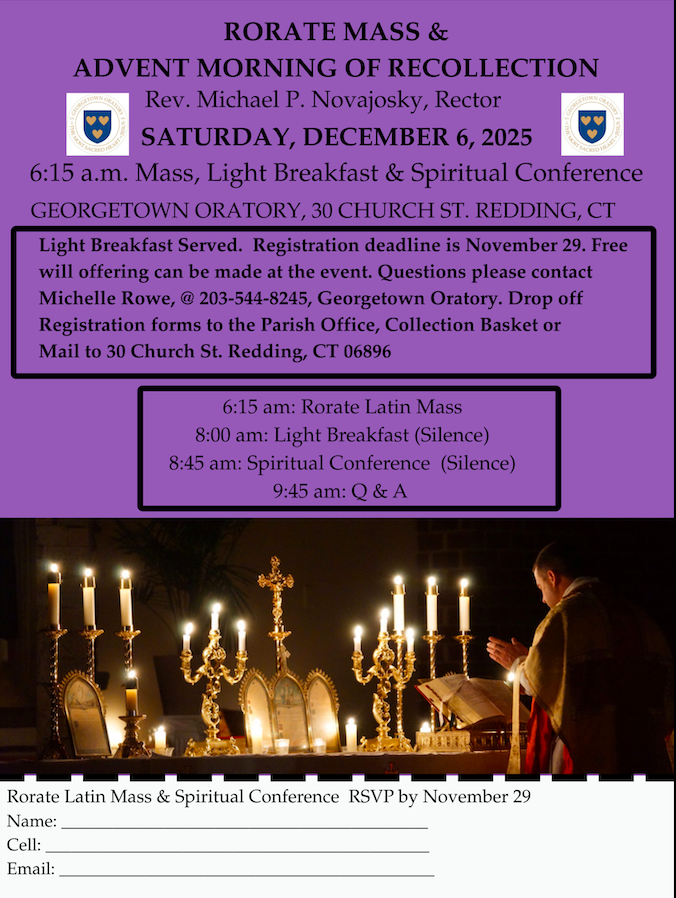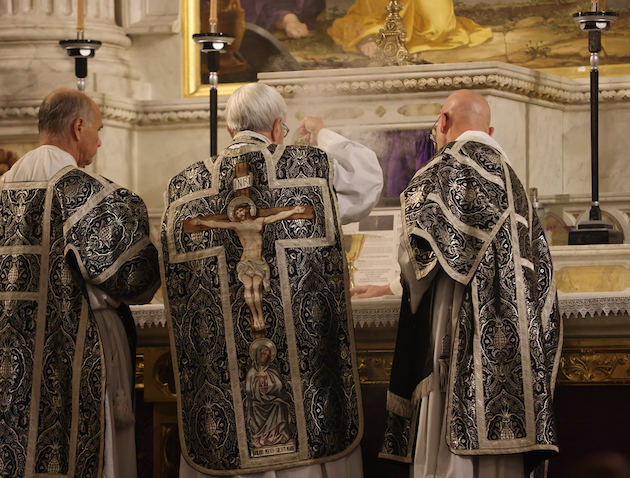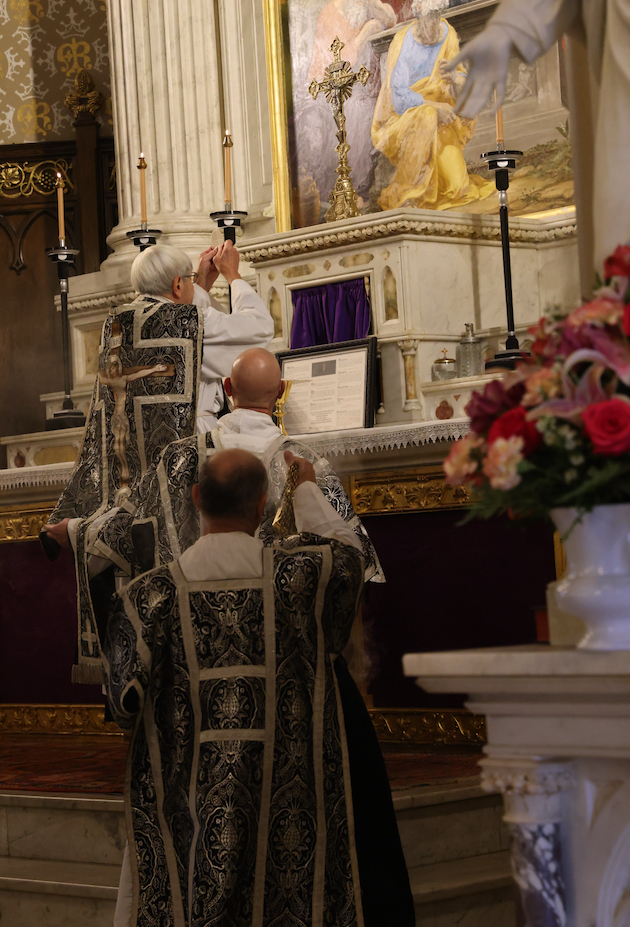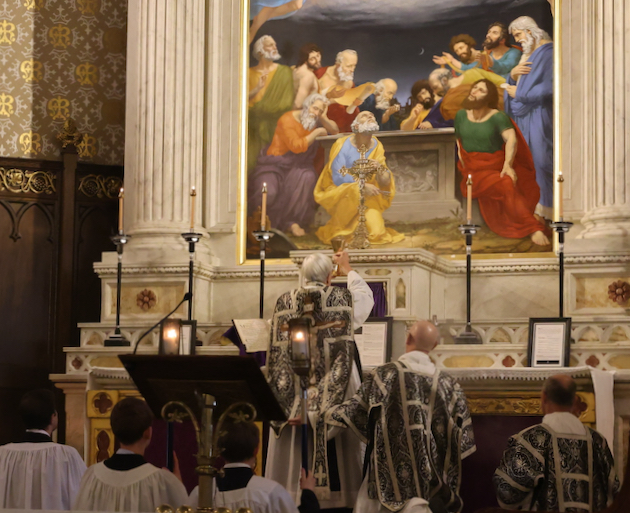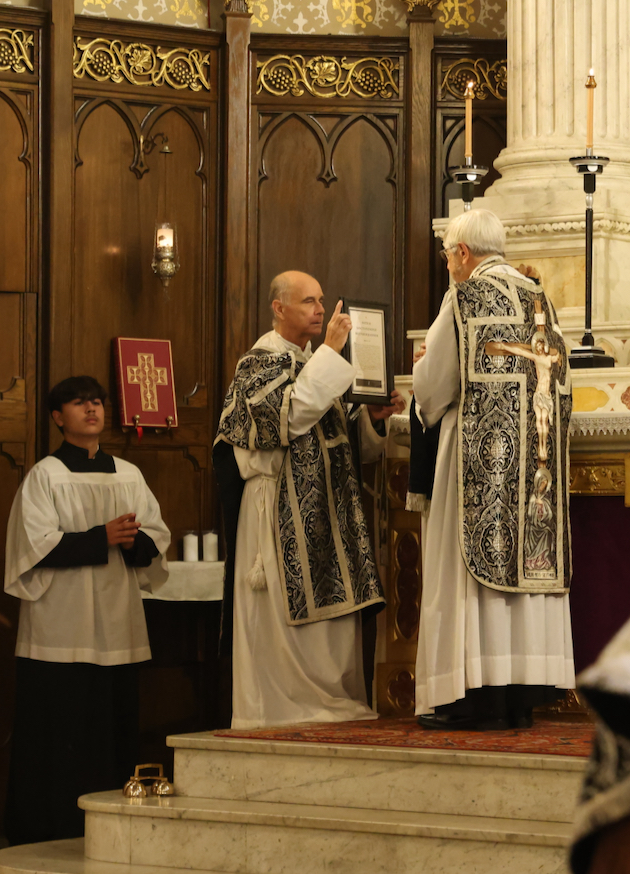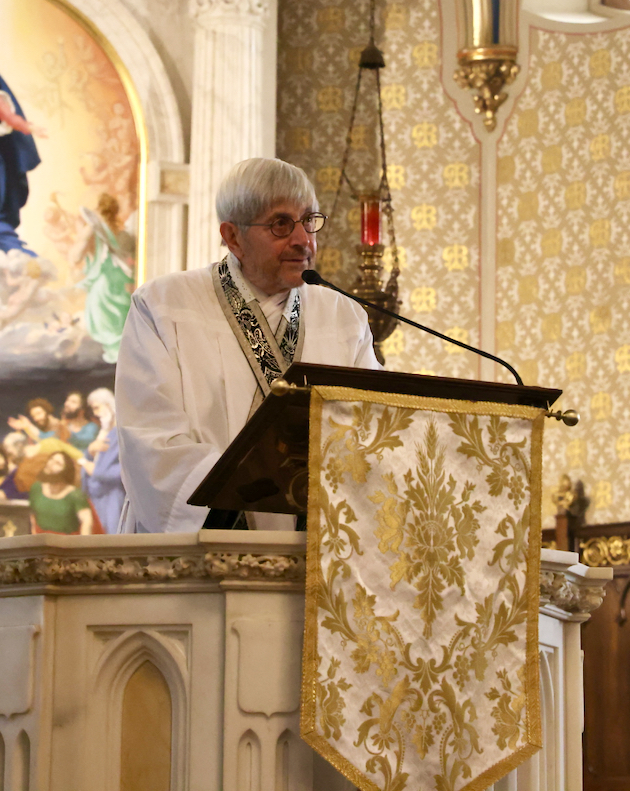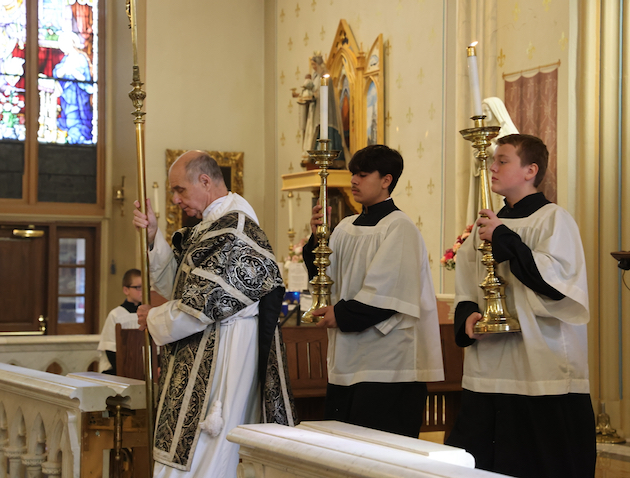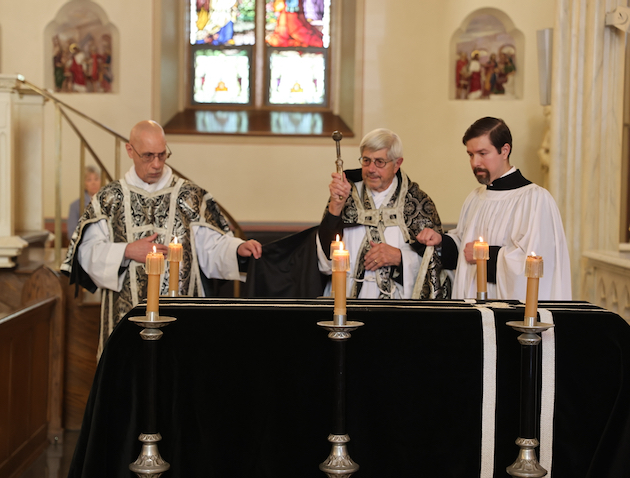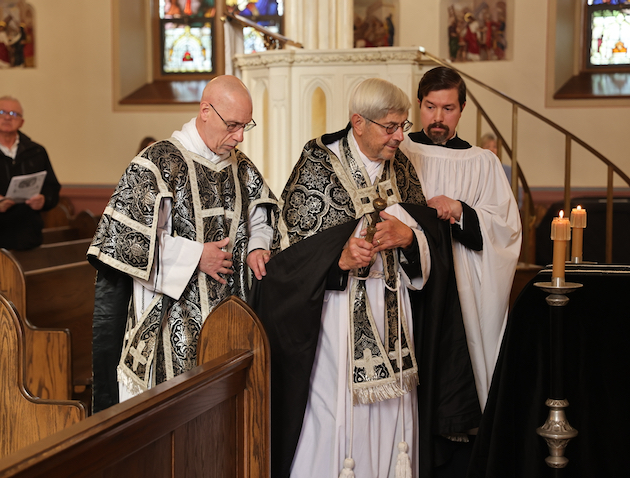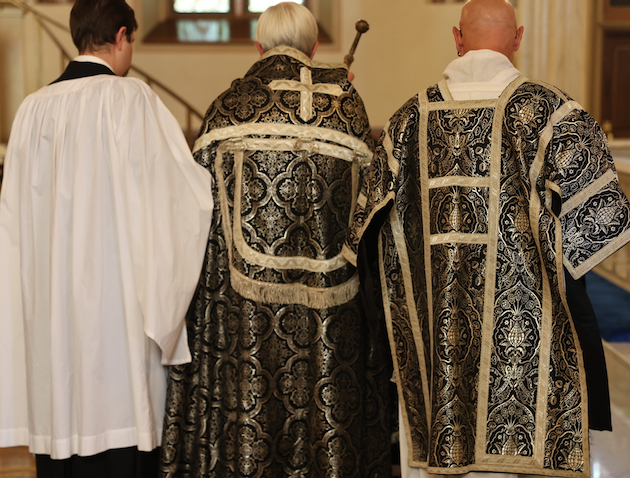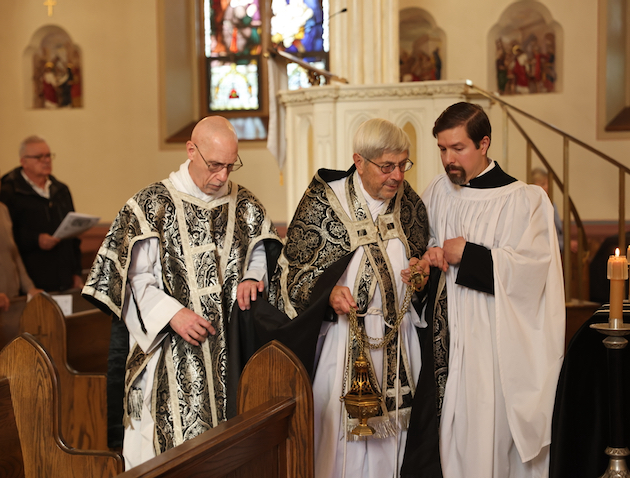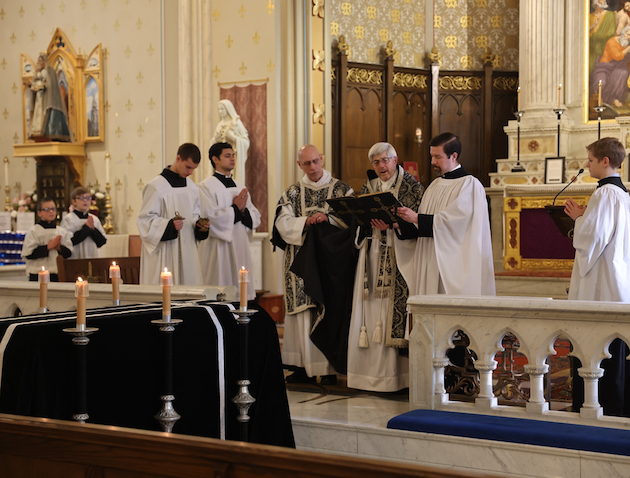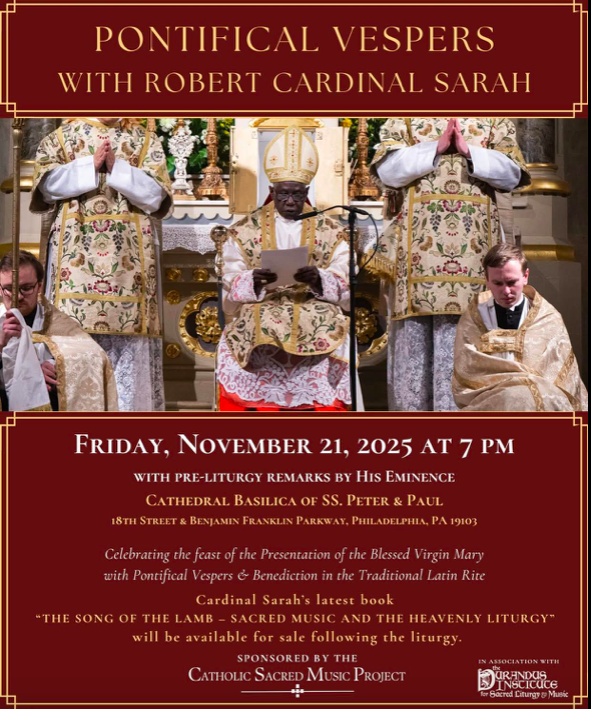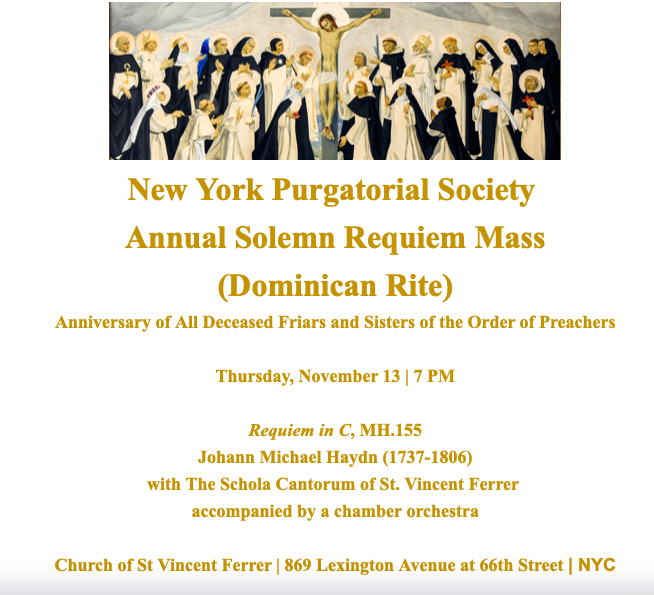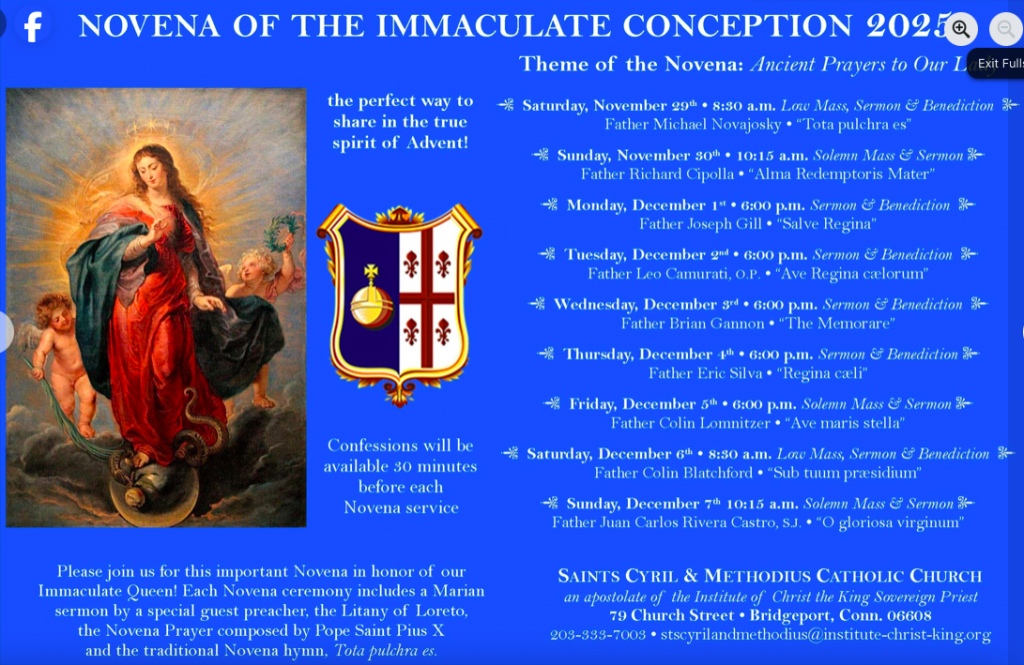
19 Nov
2025
The Georgetown Oratory in Redding, CT will be offering a Sung Latin Mass on Thanksgiving Day at 9 AM. It will be a Votive Mass of the Holy Eucharist and will conclude with Benediction.
17 Nov
2025
15 Nov
2025
12 Nov
2025
11 Nov
2025
18 Oct
2025
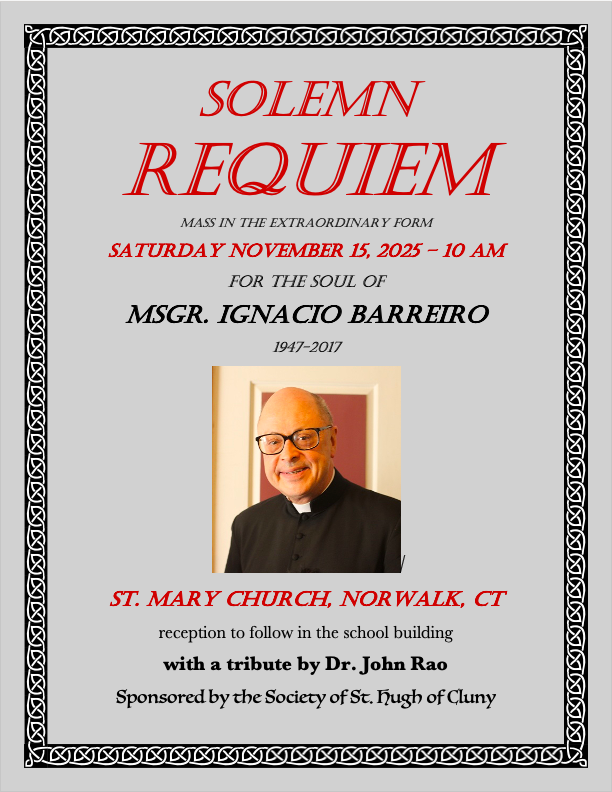
I hope as many of you who can will attend this Requiem Mass for Msgr. Barreiro. For many years he was a leader in the pro-life apostolate and in the cause of the Traditional Mass. A reception will follow the service at which Prof. John Rao will speak about the life of Msgr. Barreiro and the events of Catholic Traditionalist history in which he participated. Prof. Rao is eminently qualified for this task – he knew Msgr. Barreiro well and is currently working on a history of the development of Catholic Traditionalism.
18 Oct
2025
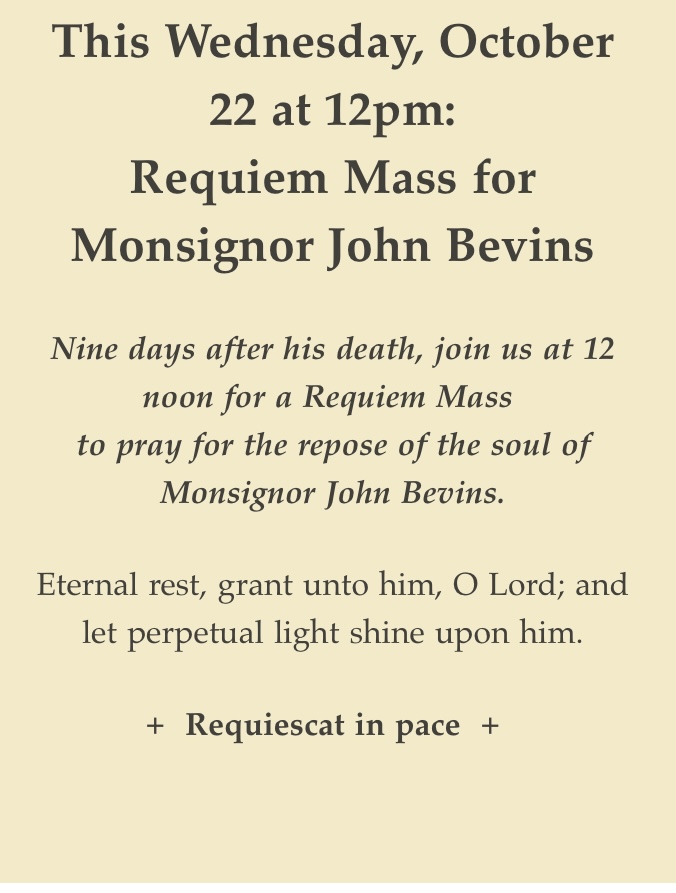
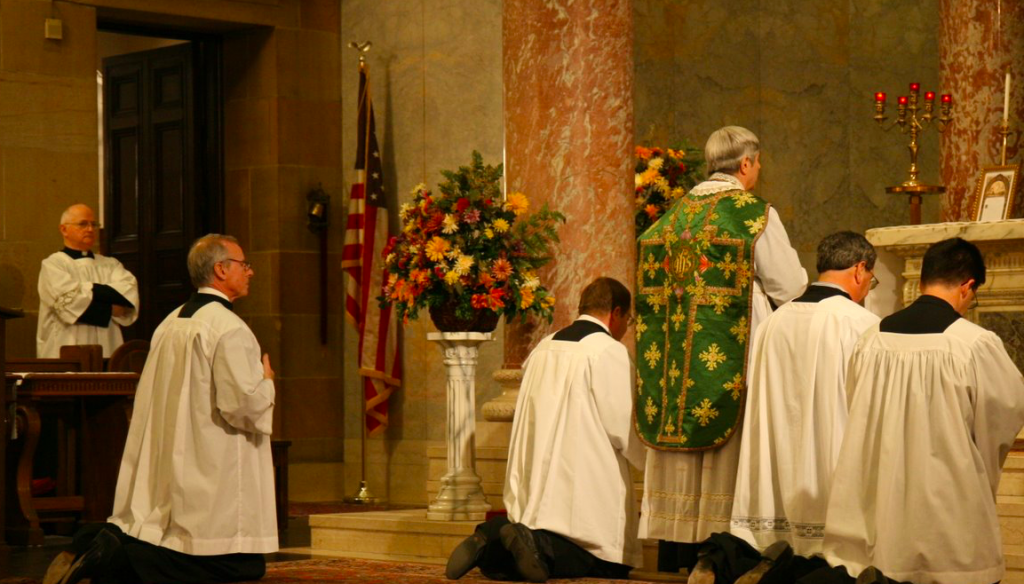
This Society had the opportunity to work with Msgr. Bevins in the revival of the Traditional Mass at Immaculate Conception parish after Summorum Pontificum. The photograph above shows the first celebration of the Traditional Mass at that church in some forty years. (November 18, 2007 – Msgr. Bevins is at left in choir). On October 26, 2008, we assisted at a Missa Cantata celebrated by Msgr. Bevins himself.
Since those days there have been many twists and turns for the Traditional Mass in Waterbury. But since 2019 the Institute of Christ the King Sovereign Priest has administered the parish of St. Patrick in that city. But this was possible because of the foundations laid years before by many others – and especially by Msgr. John Bevins. R.I.P.
18 Oct
2025
Please note the time changes for the Sunday Traditional Mass at Immaculate High School Chapel in Danbury, CT.
Missa Cantata
Sunday, October 19th
Immaculate High School Chapel
EARLY START (12:00PM) & NO CONVIVIUM—Sunday, October 19th — 12:00 PM — 19 Sunday after Pentecost
Sunday, October 26 — 12:30 PM — Feast of Christ the King LAST SUNDAY BEFORE PERMANENT TIME CHANGE
Sunday, November 2 — NEW TIME: 2:30 PM —21st Sunday after Pentecost
Sunday, November 9 — 2:30 PM — The Dedication of Lateran Basilica
Sunday, November 16 — 2:30 PM — 23rd Sunday after Pentecost
Sunday, November 23 — 2:30 PM — Last Sunday after Pentecost
Sunday, November 30 — 2:30PM — First Sunday of Advent
16 Oct
2025
On Monday, Nov. 3 at 7:00pm, there will be a Solemn Mass for the Feast of All Souls at St. Mary’s, Norwalk. St. Mary’s Schola Cantorum will be joined by the St. Mary’s Youth Schola to perform several movements of the Requiem by Gabriel Fauré.
n.b. All Souls’ Day has been deferred to Monday, Nov. 3. In the old calendar, All Souls cannot supersede a Sunday.
Contact us
Register
- Registration is easy: send an e-mail to contact@sthughofcluny.org.
In addition to your e-mail address, you
may include your mailing addresss
and telephone number. We will add you
to the Society's contact list.
Search
Categories
- 2011 Conference on Summorum Pontifcum (5)
- Book Reviews (97)
- Catholic Traditionalism in the United States (24)
- Chartres pIlgrimage (17)
- Essays (176)
- Events (672)
- Film Review (7)
- Making all Things New (44)
- Martin Mosebach (35)
- Masses (1,347)
- Mr. Screwtape (46)
- Obituaries (18)
- On the Trail of the Holy Roman Empire (22)
- Photos (347)
- Pilgrimage Summorum Pontificum 2021 (7)
- Pilgrimage Summorum Pontificum 2022 (6)
- Pilgrimage Summorum Pontificum 2023 (4)
- Sermons (79)
- St. Mary's Holy Week 2019 (10)
- St. Mary's Holy Week 2022 (7)
- St. Mary's Holy Week 2023 (7)
- St. Mary's Holy Week 2024 (6)
- Summorum Pontificum Pilgrimage 2024 (2)
- Summorum Pontificum Pilgrimage 2025 (7)
- The Churches of New York (198)
- Traditionis Custodes (49)
- Uncategorized (1,378)
- Website Highlights (15)
Churches of New York
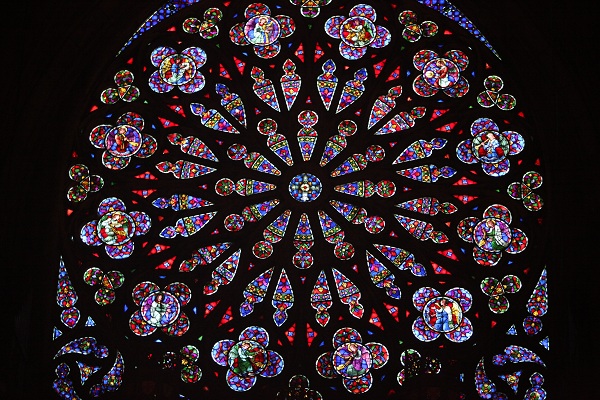
Holy Roman Empire
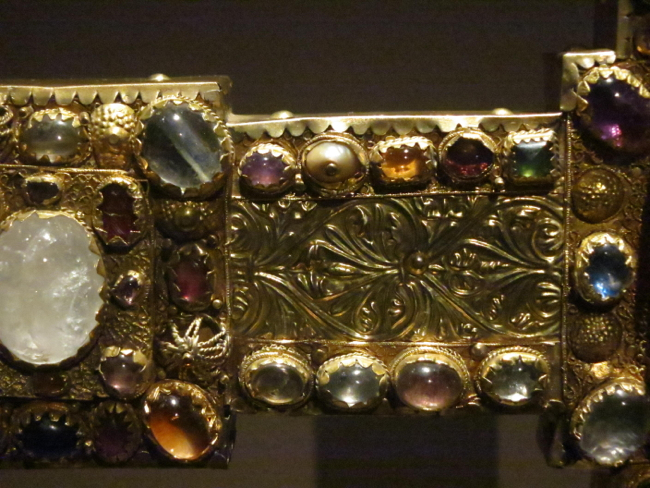
Website Highlights
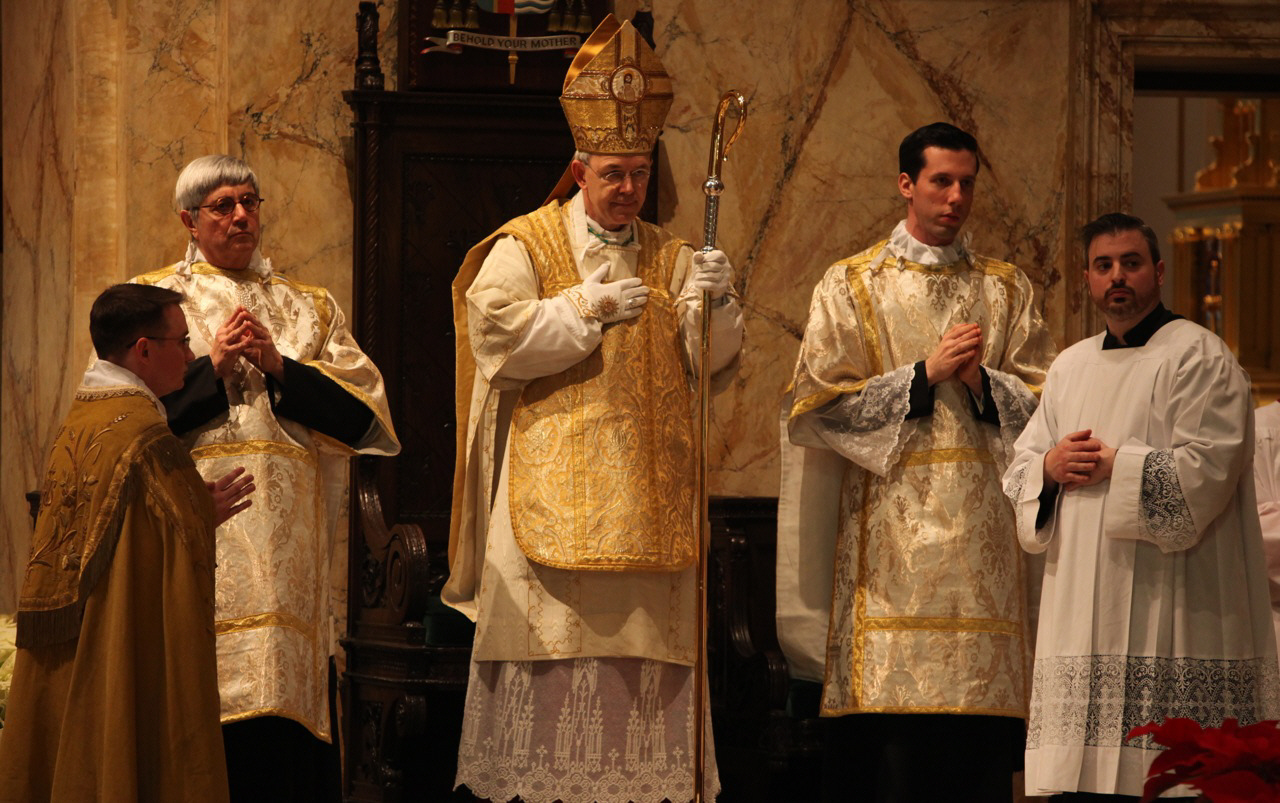
Archives
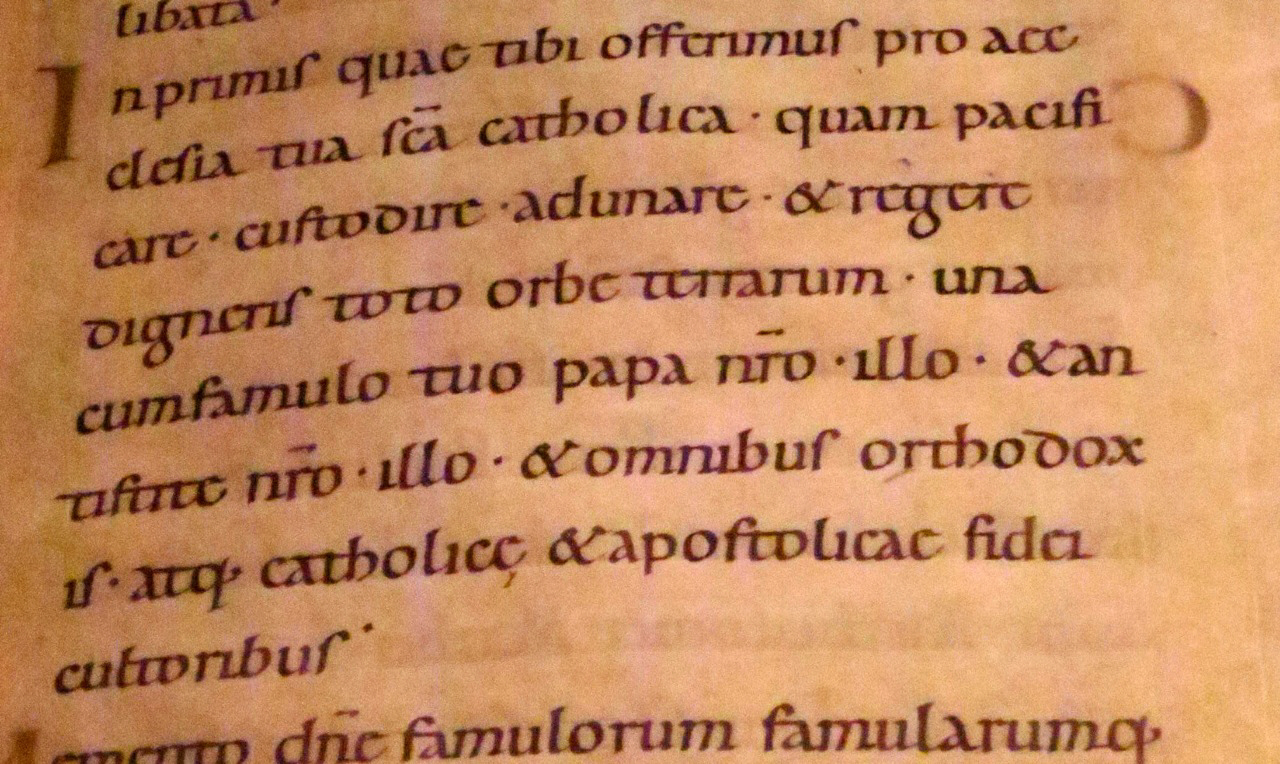
[powr-hit-counter label="2775648"]
